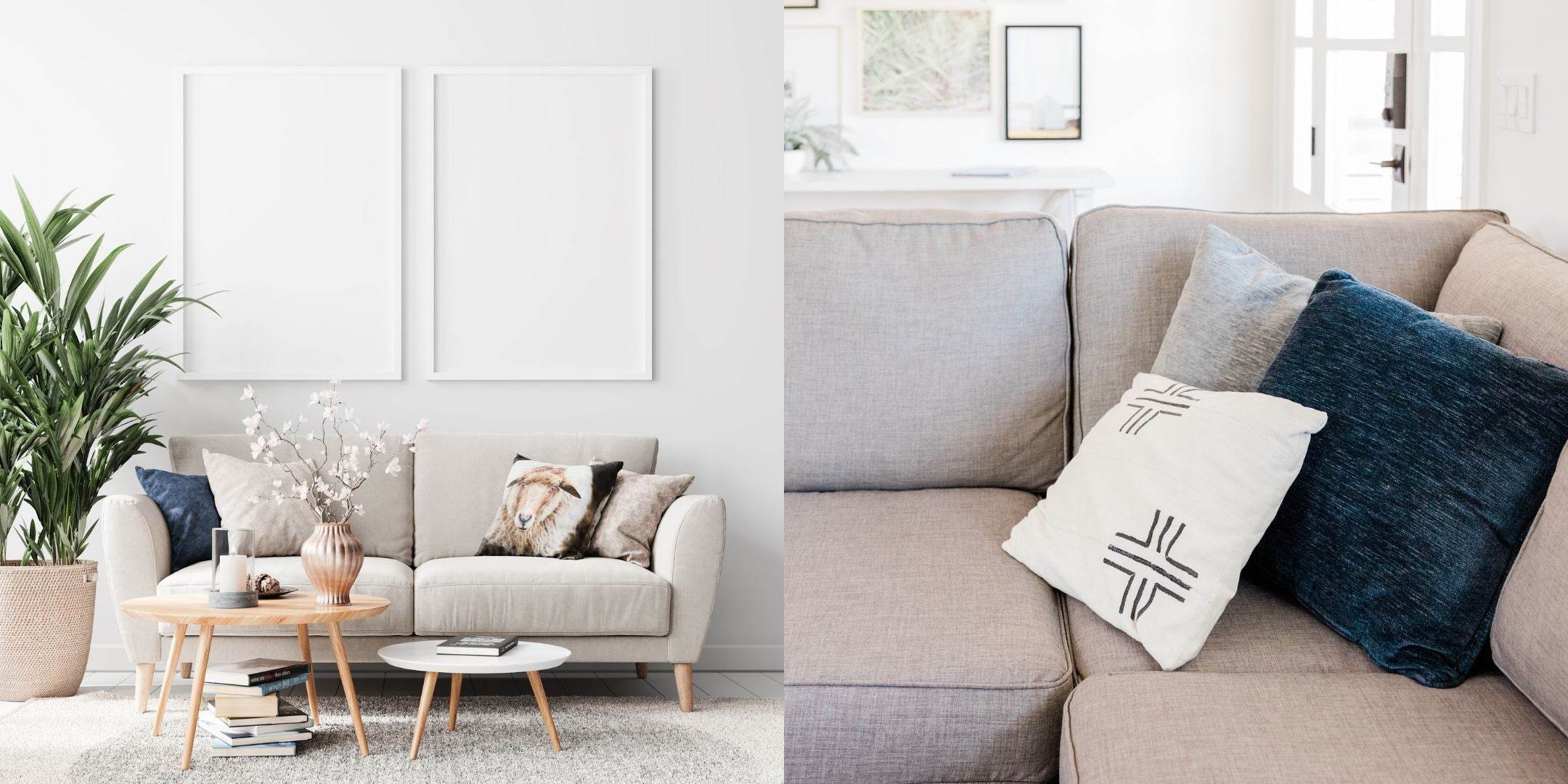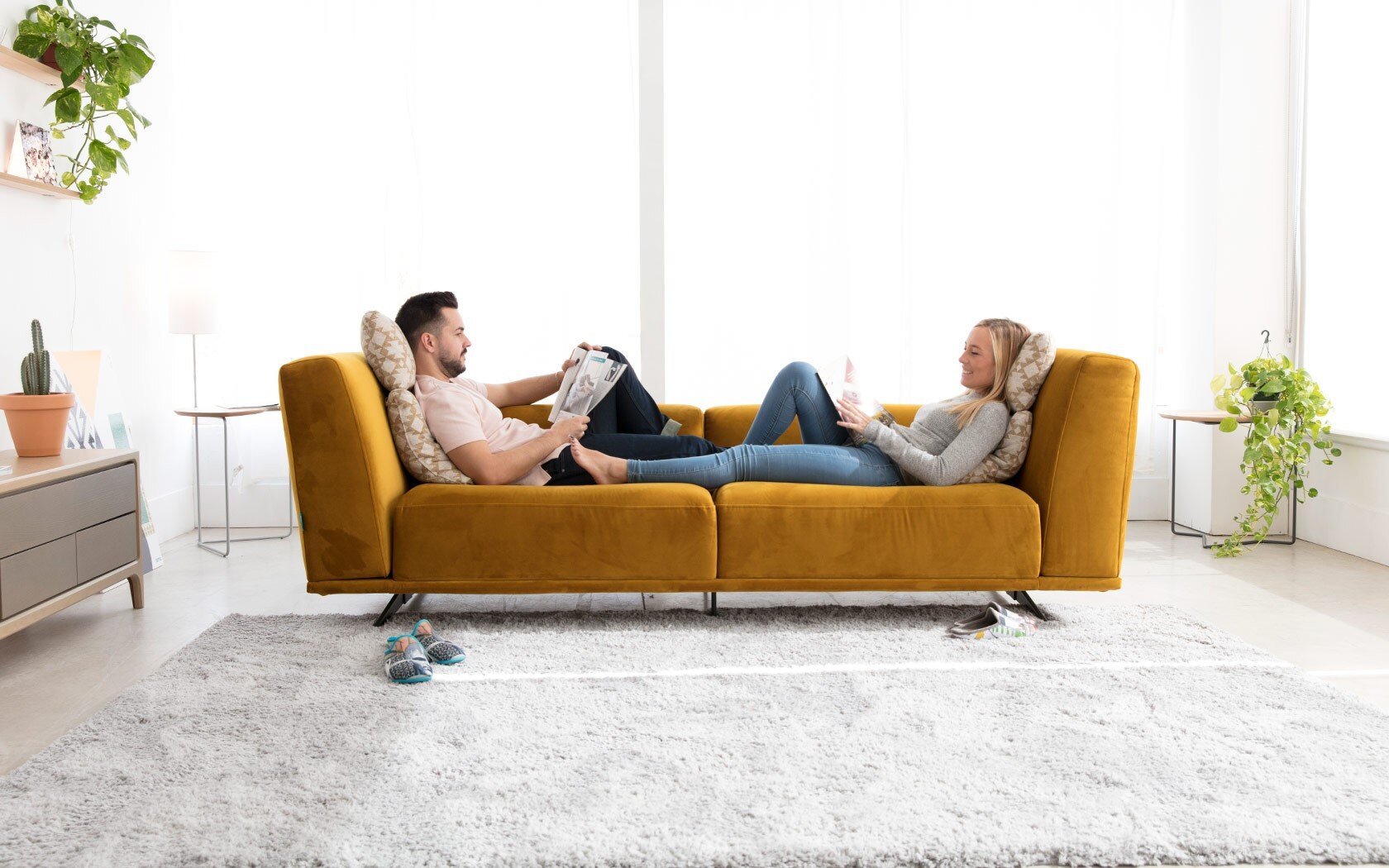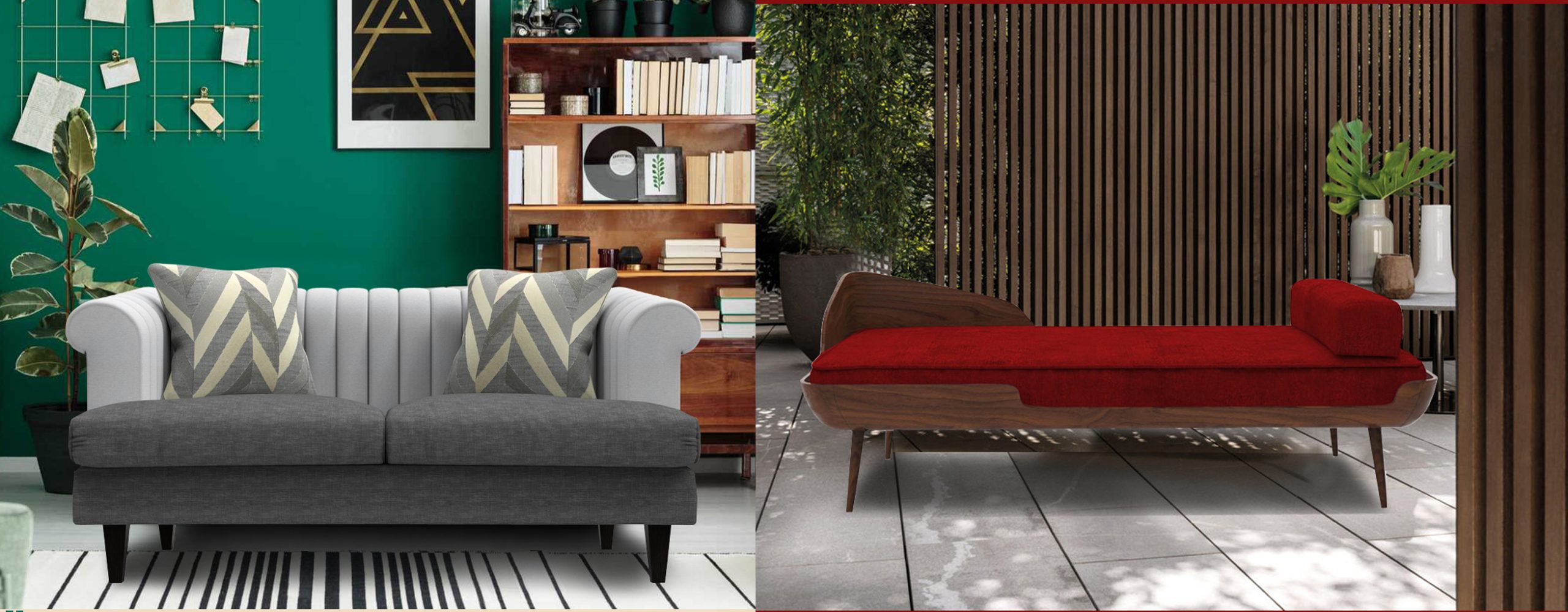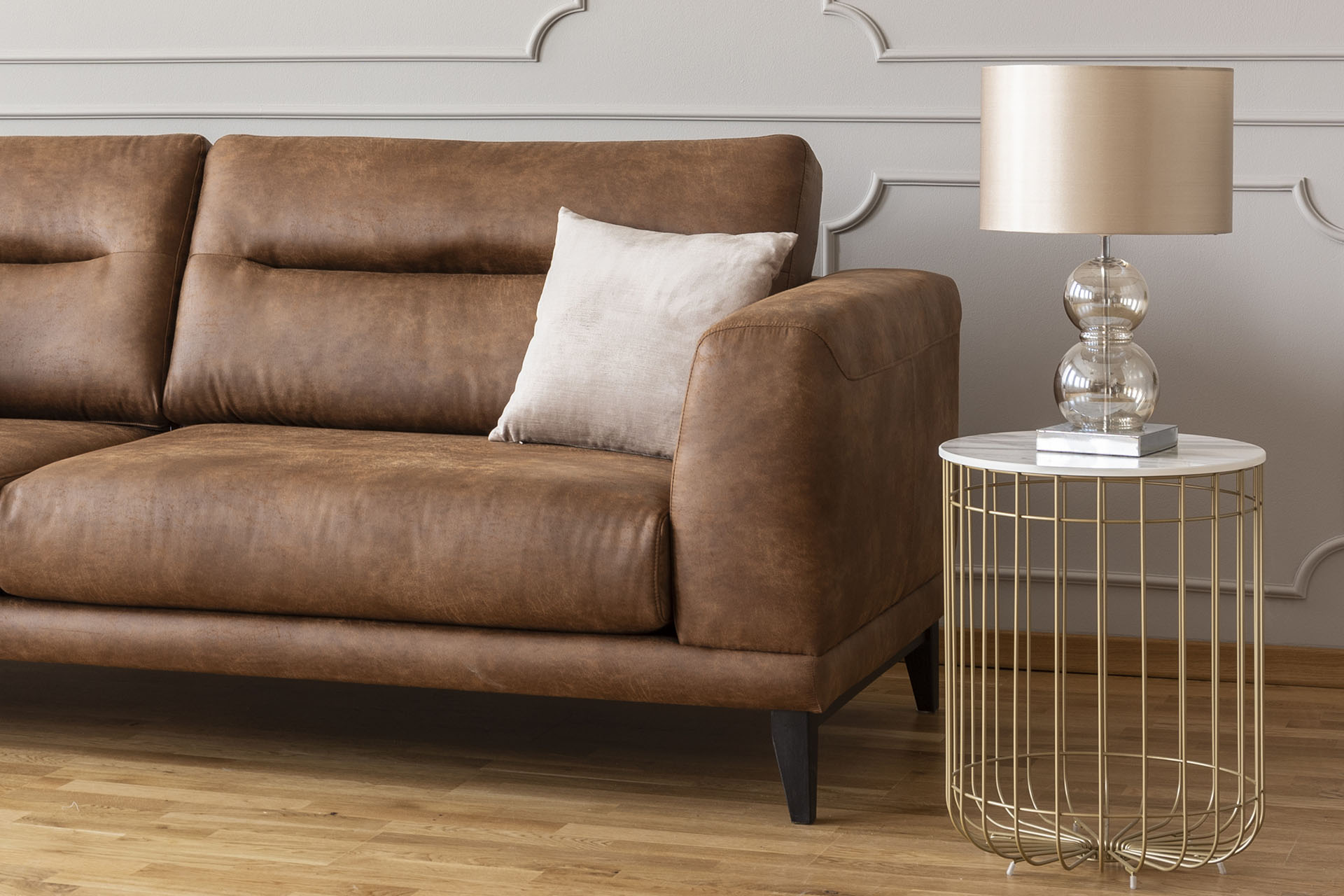Introduction: Unraveling the Mystery of Names
In the realm of comfortable seating, two terms frequently intermingle yet seem to denote distinct identities: sofas and couches. To the casual observer, they may appear synonymous, each promising a haven of relaxation after a long day. However, delve deeper, and you’ll discover subtle differences that stem from historical origins, design aesthetics, and cultural nuances. This exploration sets out to decode the intricate web of sofa versus couch terminology, examining their evolution, usage, and the factors that blur their boundaries.
Historical Origins: Tracing the Roots
The etymology of “sofa” can be traced back to the Arabic “suffah,” which referred to a wooden bench covered with cushions or textiles. This term made its way into English during the 17th century, carrying connotations of opulence and luxury, often associated with the elite. Conversely, “couch” has its roots in the French word “coucher,” meaning “to lie down.” Initially referring to a piece of furniture designed explicitly for reclining or sleeping, couches were less formal than sofas, reflecting their more practical origins.
Throughout history, these terms have been used interchangeably, with societal changes and design innovations influencing their definitions. As furniture evolved from basic functionality to expressions of style, so did the distinction between sofas and couches become increasingly nuanced.

Design Differentiators: Form Meets Function
Contemporary understanding often distinguishes sofas and couches based on design elements. Sofas tend to convey a sense of structure and formality, featuring clean lines, defined backs, and sometimes even rolled arms. They are typically part of a living room set, complementing other furniture pieces like loveseats and armchairs. Sofas often prioritize symmetry and balance, aligning with more traditional or formal interior designs.
Couches, on the other hand, embrace a more relaxed silhouette. They may lack a definitive back or have a lower profile, encouraging lounging rather than strict sitting postures. Couches can sport playful designs, unconventional shapes, or plush cushioning, making them a popular choice for informal spaces like family rooms or entertainment areas. This flexibility allows couches to adapt to various decorating styles, from mid-century modern to bohemian chic.

Cultural Nuances: Regional Preferences
Geographical location plays a significant role in how people perceive and use these terms. In the United States, for instance, “couch” is the more colloquial term, reflecting a preference for casual comfort. Americans are likely to refer to any extended seating piece as a couch, regardless of its formality or design.
Conversely, in the United Kingdom and some Commonwealth countries, “sofa” is the prevalent term, resonating with a tradition of formality and refinement. This linguistic preference hints at a subtle cultural emphasis on the decorative aspect of seating furniture.
However, these are not hard and fast rules. Urbanization, globalization, and the exchange of design trends have led to a blending of terminologies across regions. Today, one might hear “sofa” and “couch” used interchangeably in many parts of the world, reflecting a convergence of design sensibilities.
The Psychology of Seating: Comfort and Perception
Beyond physical attributes, the labels “sofa” and “couch” carry psychological implications. A sofa often symbolizes sophistication and order, suggesting a space meant for socializing or receiving guests. Its structured design encourages a certain posture, subtly influencing behavior in formal settings.
Couches, conversely, evoke feelings of familiarity and relaxation. The mere mention of a couch brings to mind lazy Sunday afternoons or movie nights with loved ones. Their design promotes a laid-back atmosphere, fostering intimacy and leisure.
This dichotomy extends to how we decorate around these pieces. Sofas might be adorned with carefully chosen throw pillows and a neatly arranged throw, while couches might be piled high with blankets and cushions, inviting spontaneous lounging.

The Blurred Lines: Modern Fusion
In contemporary design, the distinction between sofas and couches is becoming increasingly blurred. As lifestyles evolve and design preferences shift towards functionality and versatility, furniture manufacturers are crafting pieces that straddle the line between the two.
Modular seating systems, for example, offer flexibility in configuration, allowing users to adapt their furniture to suit various needs and spaces. These designs might incorporate elements traditionally associated with both sofas and couches, challenging conventional categorizations.
Similarly, designers are experimenting with materials and forms, creating hybrid pieces that defy easy labeling. A sleek, minimalist design with plush cushions could be equally labeled a sofa or a couch, highlighting how design innovation is transcending historical and cultural boundaries.

The Impact on Mental Well-being and Social Dynamics
The choice between a sofa and a couch can also have subtle yet profound effects on mental well-being and social dynamics within a space. Comfortable seating arrangements have been linked to reduced stress levels and increased feelings of contentment. In homes where the primary seating is designed for relaxation, residents may experience a heightened sense of tranquility and an encouragement towards family bonding.
In contrast, more formal seating in public or professional settings, such as a sophisticated sofa in a waiting room, can influence perceptions of professionalism and respect. It sets the tone for interactions, promoting a more conscious and perhaps reserved demeanor among occupants.
The Power of Customization and Personal Expression
Acknowledging the psychological impact of seating, modern consumers often seek furniture that not only serves functional purposes but also reflects their personality and lifestyle. Customizable options, from fabric choices to unique silhouettes, empower individuals to create seating that complements their living spaces and fosters their desired ambiance.
For instance, vibrant colors and playful patterns on a ‘couch’ can infuse a room with energy and encourage a lively social atmosphere, while neutral tones and clean lines on a ‘sofa’ might promote a sense of calm and elegance, suitable for quiet conversations or individual contemplation.

Conclusion: Redefining the Vocabulary of Comfort
The debate between sofas and couches ultimately reflects our evolving relationship with furniture and how we inhabit our living spaces. While historical origins and design characteristics provide a framework for differentiation, modern interpretations challenge these constructs, embracing a more fluid vocabulary of comfort and style.
Whether seeking the elegance of a traditional sofa or the casual charm of a couch, the choice reflects personal taste, lifestyle, and the desired ambiance of one’s home. In this era of design fusion, the true distinction lies not in the name but in how each piece fulfills its role as the heart of relaxation and social interaction within our living spaces. As language and design continue to evolve, so too will our understanding and appreciation of these essential furniture pieces.


